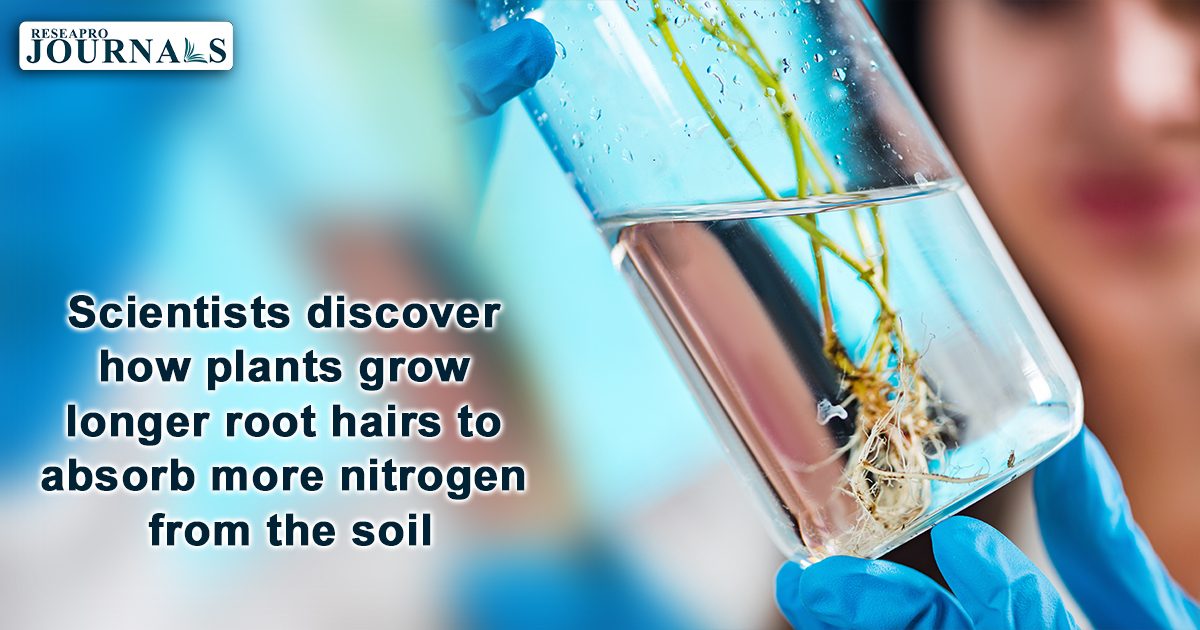Plants 🪴 can grow longer root hairs to absorb more nitrogen from the soil. This response is triggered by a signaling cascade that involves the hormone auxin. The study, published in the journal Current Biology, provides new insights into how plants adapt to low-nutrient environments. The researchers found that low nitrogen levels increase auxin accumulation in the root ape🌱. Auxin is then transported to the root hair differentiation zone, where it activates transcription factors that promote root hair elongation 🧪. The study’s findings could help scientists develop crops that are more efficient at absorbing nitrogen from the soil🧫.




